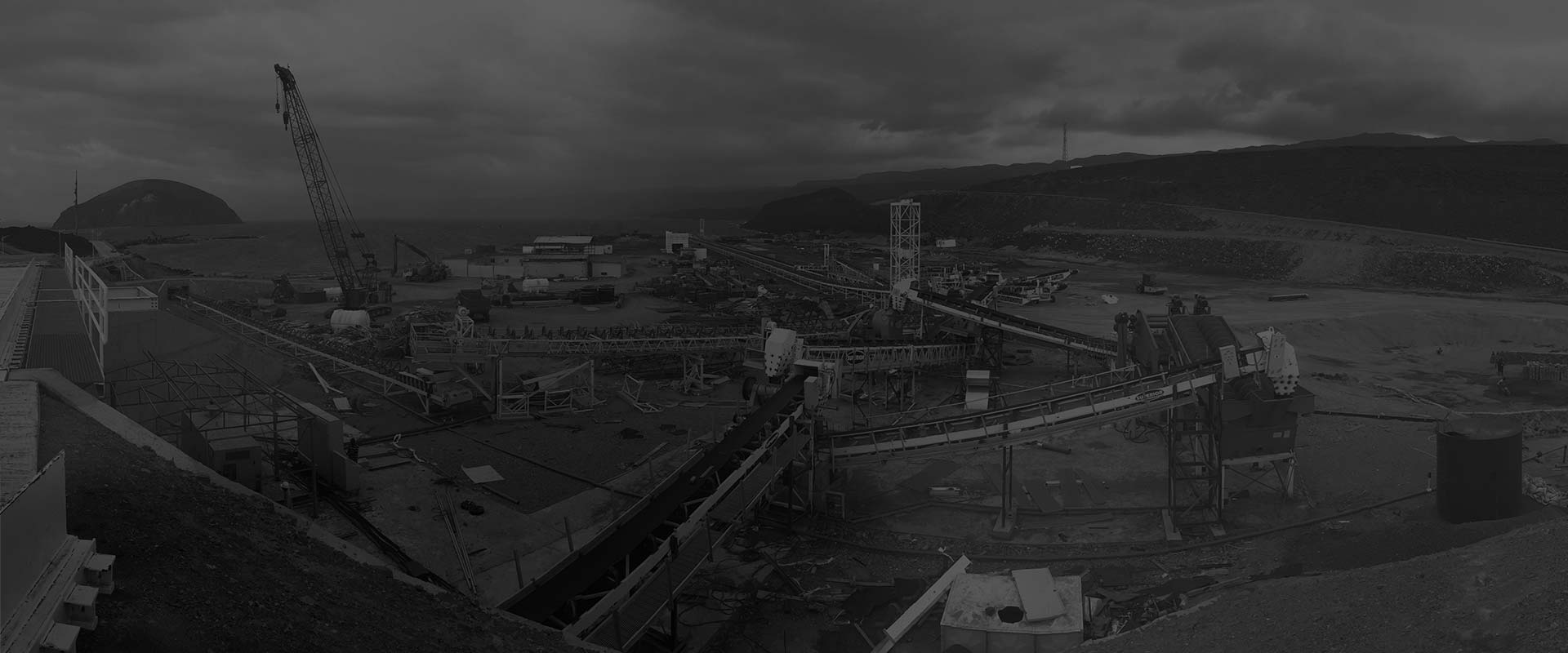0086-379-64087240
When it comes to how to keep the production process smooth and fully utilize the production efficiency of the equipment, we as investors should pay more attention to this issue. In the actual production of rod mills, it is sometimes found that the fineness of the finished product suddenly becomes coarse, directly affecting the quality of cement products. Therefore, it is necessary to carefully analyze and grasp the reasons for the increase in fineness of the finished product, and take timely measures, which is crucial to ensure high-quality, high-yield, and low-consumption production for enterprises.
Unreasonable grinding media gradation
This influence is common in rod mills after major repairs or clearance, due to changes in the gradation scheme of the grinding media before and after major repairs or clearance of the rod mill, which causes the crushing and grinding ability to be mismatched, resulting in coarsening of the ground cement and coarsening of the finished product fineness. Therefore, it is necessary to make appropriate adjustments to the gradation scheme. After years of research and development, the manufacturer has come up with a better grinding media gradation scheme, which is to select a reasonable average ball diameter based on the properties of the material fed into the mill and the desired fineness of the finished product. Under the same conditions of ball loading capacity, more balls should be loaded to minimize the average ball diameter in the intermediate bin, gradually reduce the filling rate of the grinding media, and select the most suitable filling rate for complete grinding, forming a set of effective ball management methods.
Excessive temperature of the fed clinker
This refers to a temperature higher than 130℃. When the temperature of the fed clinker is high, hugging or balling often occurs, greatly weakening the crushing and grinding ability of the grinding media, reducing the output, and coarsening the product fineness, while the specific surface area increases accordingly. If such a situation is found, cooled clinker can be used for blending, and water can be added to the mill feed. Adding 5kg/min of water in high-temperature seasons has a significant cooling and grinding effect, and in future production processes, strict control of the temperature of the fed clinker is necessary.
The material of the grinding media is related to its service life and should therefore be carefully selected. The main materials for the grinding media are steel balls and cast iron balls, but different types of steel balls should be used for different operating conditions of the mill. Therefore, we will mainly introduce the selection techniques for the material of the grinding media for the rod mill in different situations.
For cement mills and raw material mills in large and medium-sized cement plants, high-hardness cast iron balls and high-quality low-hardness balls should be selected.
For small and medium-sized cement plants, low-hardness balls with guaranteed quality, alloy white cast iron balls, medium manganese iron balls, and martensitic nodular cast iron balls should be selected. For wet raw material mills, low-hardness balls and forged steel balls with good quality should be selected.
High-hardness, high-toughness cast white iron balls with hardness of 3-4J/cm and various cast alloy balls and forged alloy balls should be used as fine grinding media for all types of mills.
For coarse grinding media with a diameter of more than 80mm in black metallurgical beneficiation plants, medium-low carbon alloy steel forged balls that have undergone quenching, tempering, and heat treatment, and medium-high carbon steel forged balls with an impact value of 10-20J/cm should be used. According to the hardness of the ore F=6-16, corresponding to steel hardness values of HRC40-50, low-hardness iron balls and multi-element alloy quenching balls can be used for fine grinding.
For beneficiation plants of non-ferrous metals, the selection of grinding media is consistent with that of black metallurgical beneficiation plants, with slightly lower or equivalent hardness and toughness, selected according to economic and technological considerations.
In the working process of the rod mill, the selection of grinding media material based on different production situations and environments is the key to ensuring the production efficiency of the equipment and improving the grinding efficiency of the materials, and it can also ensure the service life of the grinding media.
